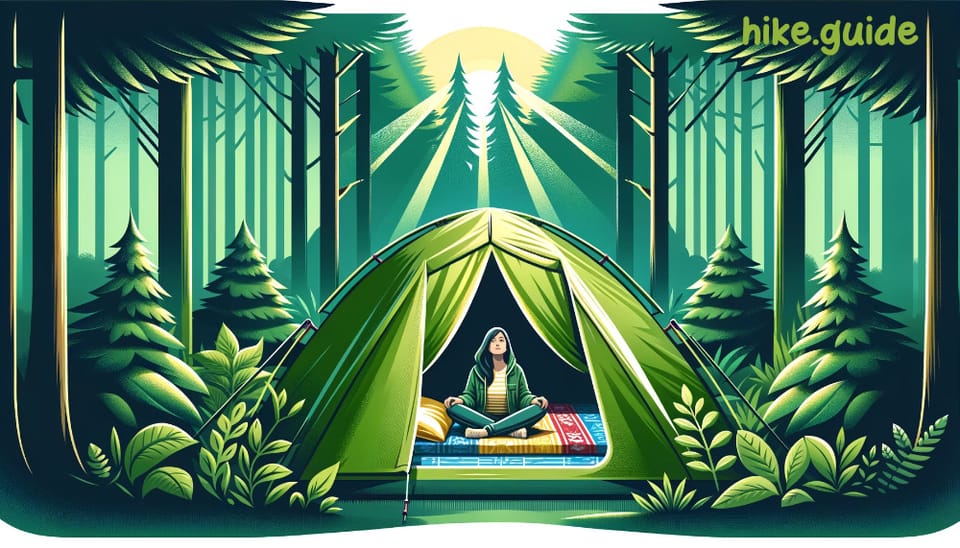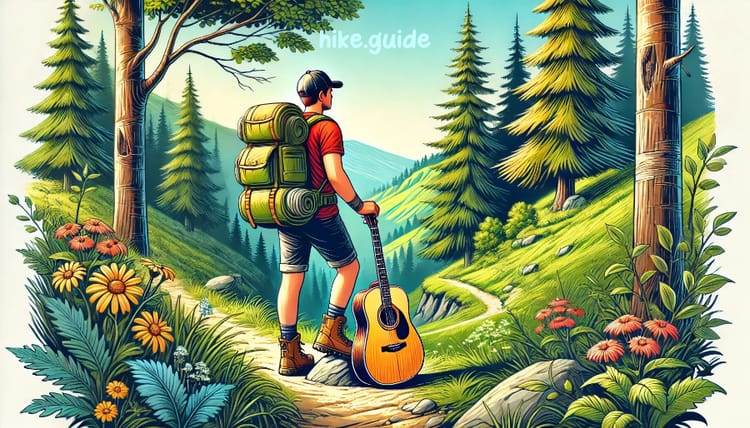Sleeping Pad

When it comes to sleeping pads for camping and backpacking, you've got three main choices: foam, inflatable, or the good ol' ground. Two choices to be honest. Each option has its own pros and cons, so it's important to consider your priorities before making a decision.
Foam Sleeping Pads
Foam pads are the simplest option. They're essentially just thick, cushioned mats that you unroll/unfold and place on the ground. Their biggest advantage is convenience. At the end of a long day on the trail, you don't have to worry about inflating anything. Just throw down the foam pad, your sleeping bag, and you're ready for a good night's sleep.
While foam pads tend to be heavier and less compact than inflatable options, they're incredibly durable. Even if they get punctured or chunks get ripped from overgrown trail or rock scrambling, they'll still provide insulation and cushioning. They're also highly affordable, making them a great choice for casual campers or those on a tight budget.
Inflatable Sleeping Pads
Inflatable sleeping pads offer a wide range of options in terms of weight, insulation (R-value), comfort, and price. Their biggest selling point is their compact size. Some ultralight models like the Therm-a-Rest NeoAir (aff link) can pack down to the size of a drink can, making them ideal for backpackers trying to minimize weight and bulk.
These pads require a bit more effort since you'll need to inflate them (either manually or with a pump sack), but they often provide superior comfort and warmth compared to foam options. High-end inflatable pads can be quite expensive, but there are also budget-friendly options available.
You also have to deal with punctures and patching them as needed. A leaky sleeping pad during the night isn't fun. Thankfully not a common occurrence.
Sleeping on the Ground
For the truly hardcore (or minimalist) hikers and campers, sleeping directly on the ground is an option. Not a good one, but an option. By carefully selecting a flat, debris-free spot and potentially adding a layer of leaves or pine needles for cushioning, some adventurers forego sleeping pads entirely.
While this approach is certainly lightweight and free, it sacrifices comfort and insulation – two critical factors for a good night's sleep, especially in cooler temperatures. Unless you're an experienced outdoors person willing to brave the discomfort, most campers and backpackers will want to invest in a proper sleeping pad.
When choosing a sleeping pad, the key factors to consider are your budget, desired comfort level and available space in your pack. Comfort should be a top priority, as a good night's sleep can make or break an outdoor adventure. Evaluate your needs and preferences and choose the pad that best meets your requirements. After all, the idea is to enjoy your time in nature, not dread bedtime!
Here are a few options (may contain affiliate links):




